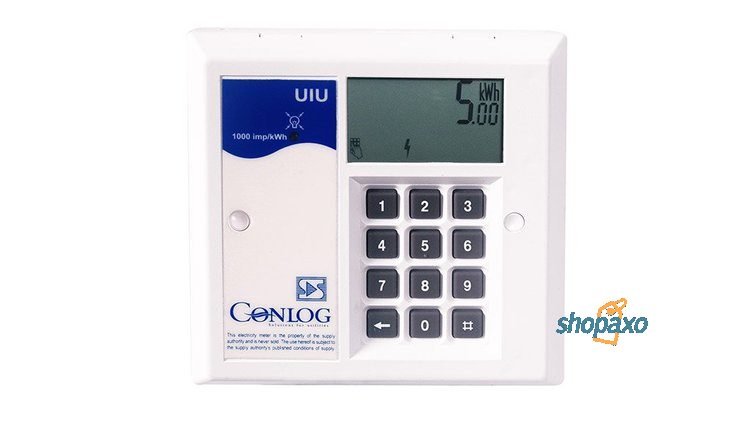Now Reading: Increasing Adoption and Integration of Digital Yuan
-
01
Increasing Adoption and Integration of Digital Yuan
Increasing Adoption and Integration of Digital Yuan

Digital Yuan has garnered significant attention from businesses, policymakers, and consumers around the world. In this article, we will explore the policies, technologies, and implications of Digital Yuan’s increasing adoption and integration. For insights into the opportunities, risks, and case study of China’s wealth gap in relation to the Digital Yuan, explore the comprehensive analysis on this subject.
Government Policies and Initiatives Driving Digital Yuan Adoption
China’s central bank, the People’s Bank of China (PBOC), has been actively promoting the adoption of the Digital Yuan through various policies and initiatives. The government sees Digital Yuan as a strategic tool for enhancing the country’s financial system, promoting innovation, and expanding its global influence.
One of the key policies driving Digital Yuan adoption is the “two-tier” system, which involves the PBOC issuing Digital Yuan to commercial banks, which in turn distribute it to businesses and consumers. This system aims to create a more efficient and secure payment system while also maintaining the stability of the banking system. The PBOC has also encouraged banks and other financial institutions to develop applications and services that support Digital Yuan transactions, such as digital wallets and payment gateways.
To further incentivize the adoption of Digital Yuan, the Chinese government has launched a series of trials and pilots in various regions and industries. These trials aim to test the viability and scalability of Digital Yuan in real-world settings, as well as to gather feedback from users and stakeholders. Some of the notable trials include the Digital Currency Electronic Payment (DCEP) pilot in Shenzhen, which involved distributing Digital Yuan to local residents through a lottery system, and the use of Digital Yuan for transportation and retail transactions in several cities.
Moreover, the Chinese government has also promoted international cooperation and collaboration in the development and adoption of digital currencies. In 2020, China and several other countries, including Russia and the United Arab Emirates, announced the formation of a joint working group to explore the use of digital currencies for cross-border payments and settlements.
However, the promotion of Digital Yuan adoption is not without challenges and risks. One of the concerns is the potential impact on financial stability and monetary policy. As Digital Yuan becomes more widely adopted, it could potentially affect the traditional banking system and the role of the PBOC in regulating the money supply. There are also concerns about privacy and surveillance, as Digital Yuan transactions are recorded on a centralized ledger and can be traced and monitored by the government.
Future Outlook and Potential Impact of Digital Yuan
The rapid rise of digital currencies, including Digital Yuan, has the potential to reshape the global financial system and currency landscape. While it is still early days for Digital Yuan, its growing adoption and integration in China could have significant implications for the country’s economy and the wider world.
One of the key advantages of Digital Yuan is its potential to reduce reliance on the US dollar and other foreign currencies. As China seeks to promote its own currency as a global reserve currency, Digital Yuan could play a critical role in facilitating cross-border transactions and reducing transaction costs. In addition, Digital Yuan could help China bypass the international banking system and reduce its exposure to sanctions and other geopolitical risks.
Moreover, Digital Yuan’s adoption could lead to greater financial inclusion and economic growth in China. By enabling faster and cheaper transactions, Digital Yuan could boost consumer spending and support small and medium-sized enterprises. Digital Yuan could also facilitate the delivery of social welfare programs and improve access to financial services in underbanked and remote areas.
In terms of the global impact, Digital Yuan’s growing adoption could challenge the dominance of the US dollar as the world’s reserve currency. As more countries explore the use of digital currencies for cross-border transactions, Digital Yuan could become a viable alternative to traditional currencies and payment systems. However, this could also lead to increased competition and potential conflicts between countries.
Furthermore, Digital Yuan’s adoption could have significant implications for privacy, security, and digital rights. As Digital Yuan transactions are recorded on a centralized ledger, there are concerns about government surveillance and potential violations of individual privacy. In addition, the use of digital currencies could create new opportunities for cybercriminals and increase the risks of financial fraud and hacking.
Conclusion
As we have seen, Digital Yuan’s increasing adoption and integration in China and beyond could have far-reaching implications for the global financial system and economy. While Digital Yuan’s potential benefits in terms of efficiency, security, and innovation are significant, there are also challenges and risks that need to be addressed. Thanks for reading and I hope the guide is informative and useful.

































